Did you know that you can speed up the process of plant propagation by applying rooting hormones to your plant's stem? Rooting hormone is a chemical that you apply to the stem that encourages root growth. The roots will then grow stronger and quicker because they will be able to support the growing plant.
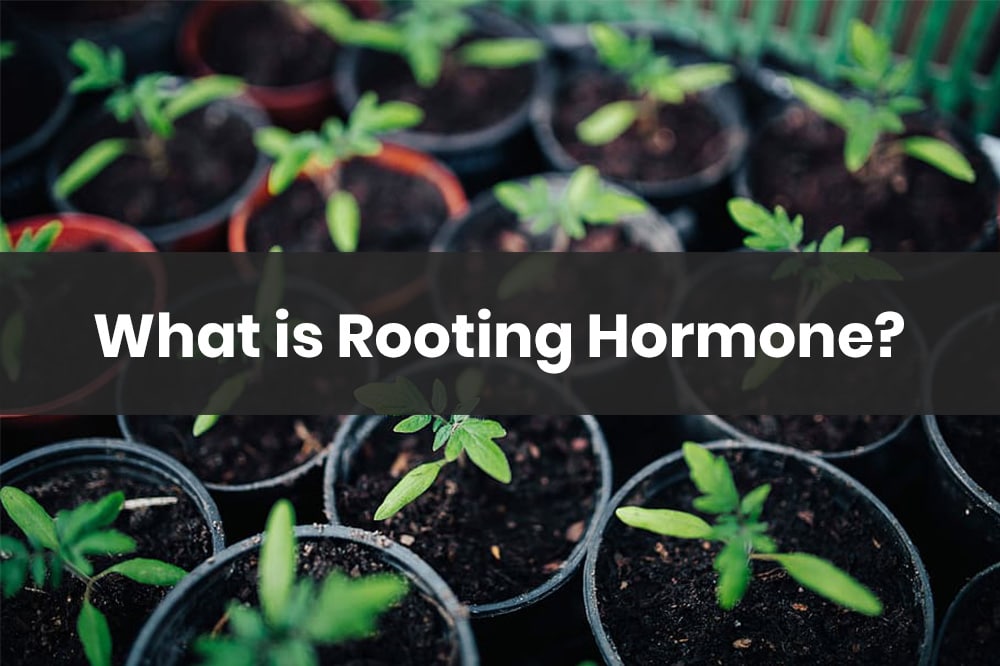
What is Rooting Hormone? A Detailed Guide.
There are various types of commercial rooting hormones available for garden use. It is often a combination of specific growth hormones that promote plant growth and development. The rooting hormone is also sometimes in the form of gel, liquid, or powder form. Otherwise referred to as auxin hormones, these hormones help to promote the development of green stem cells. It’s a process that reduces the hassles associated with propagating plants. Using this hormone is also suitable for vertical gardening procedures because it reduces the time required for the plants to grow.
Most farmers prefer to use the hormone in the form of powder or gel. This is because preparing a rooting solution might take a long duration, mainly because it requires dilution before application. Rooting hormones are, therefore, suitable for use when using conventional propagation techniques have not been successful.
The rooting hormones have specific effects on the genes of plants. It is also essential to provide the appropriate amount of rooting hormone to avoid compromising plant growth. The amount of rooting hormone required depends on the specific type of rooting hormone and the plant species.
For instance, with plants such as hibiscus, cape daisy, lobelia, and more, using the rooting hormone is a recommendation. This is because such plants are delicate, and might fail to root correctly without the proper intervention methods.
Read Next
- What is Rooting Hormone? A Detailed Guide.
- Types of Rooting Hormone
- Cultural Factors to Consider When Using Rooting Hormone
- Rooting Hormone Concentrations
- Application
- Powders
- Quick Dip solutions
- Steps in Applying Rooting Hormone to A Plant
- DIY Rooting Hormones
- Willow Tree Tea
- Honey and Hydrogen Peroxide
- Water and Non-Soil Mediums
- Overall
- 💬 Feedback
Types of Rooting Hormone
There are various types of rooting hormones, which come in gel, powder, or liquid form. Each one has a unique purpose and is vital, depending on the specific techniques used for gardening. The following are some critical factors about each type of rooting hormone:
- Gel – this hormone offers better coverage and is more convenient to use than the other types. Also, unlike most other rooting hormones, you don’t have to mix or measure the gel. Most indoor gardeners prefer the ease of use associated with gel because it is fast and reliable.
- Liquid – the liquid version is available in a concentrated version that is ready to use for plant growth. With the ready-to-use version, you don’t have to perform any mixing. That said, the concentrated version of the hormone means that you have to calculate the specific amounts that are suitable for your plants.
- Powder – using the powder form of rooting hormone is also convenient. You can keep it on a shelf, and it has outstanding longevity levels. The powder also makes up for an excellent option for a rooting hormone because it is to apply.
- Spray – using a spray is also a common technique when applying the rooting hormone. The best application method would be to use a hand sprayer, which does well to apply the product in mist form.
Gardeners have varying perspectives when it comes to purchasing commercially classified rooting products. Some gardeners believe that synthetic hormones are not beneficial, while others find them suitable. A significant number of gardeners have also started making DIY rooting products. Here are some of the standard options to consider:
- Aspirin rooting hormone – aspirin is perhaps one of the most common medications in the world. You can crush it into a powder form and then dissolve it in some water. Also, use it as a rooting hormone.
- Cinnamon rooting hormone – we all know that cinnamon has an exceptional and great taste. That said, it also works well as a rooting hormone. Cinnamon can be used to kill bacteria and promote the growth of roots in plants.
- Honey rooting hormone – using honey is a great way to kill bacteria. You just have to add two teaspoons of honey and a few cups of water. Then, let the mixture cool, and dip the roots in the mix before plantation. The hormone should last for two weeks in the glass jar.
Cultural Factors to Consider When Using Rooting Hormone
The response a plant has to a rooting compound depends on its species. However, before using rooting hormones, it's vital that you apply a few critical cultural practices. These will help to reduce the number of propagation issues you might experience.
The cuttings, whether you grow them on-site or from offshore stock plants, require a thorough inspection. The best softwood cutting should be one that has an actively growing shoot tip. Any plant tissues that are too young or excessively aged will not root as required.
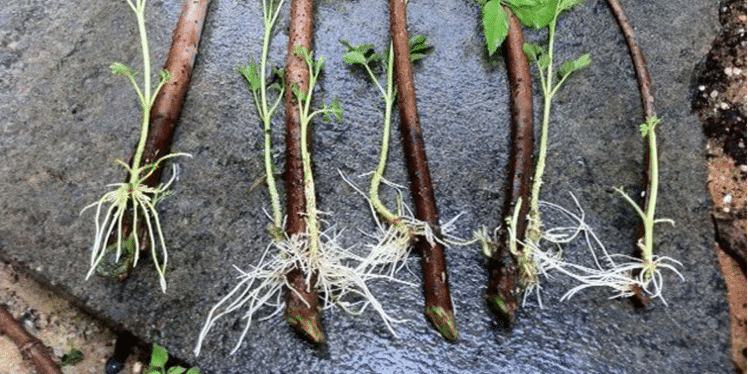


Furthermore, the overly aged cuttings also tend to branch out as well as the aged tissues. Thus, you must evaluate the lower section of the cutting for any occurrence of poor growth. The cuttings that have any form of hardwood tissue might require specialized trimming at the tip.
Any fully developed flowers on the cuttings might also be a sign that the tissue is excessively aged.
Also, remember to regulate the mist and light levels correctly. If the propagation substance is overly saturated, or the light levels are excessive, then the rooting process won’t go as required.
Rooting Hormone Concentrations
Otherwise referred to as auxins, specific hormones help to improve root production. The concentrated commercial products containing auxin include naphthyl acetic acid and more. Usually, these compounds are diluted by using water or alcohol. When handling large-scale projects, agriculturalists use quick dip formulations, which can be mixed with a concentrated solvent.
The specific concentration levels depend on the plant species and the nature of the compound. For instance, the herbaceous cuttings root reading and respond to mild concentration levels of between 5,00 to 1,300 ppm.
The most popular rooting hormones are the auxin-based products that you can apply at concentrations of 500 to 1,600ppm for softwood cuttings. Furthermore, levels of between 800 to 2,900 ppm are suitable for woodier tissue.
That said, the maximum recommended concentration level should not be over 8,000 ppm for hardwood cuttings.
When you apply the ideal level of rooting hormone, you should come across a few characteristics. The basal portion should show some swelling, and callus tissue should form on the cutting base.
You should also apply optimal care when applying the rooting hormone. This is because the overapplication of the hormone can easily damage the cutting base. Even more, the formulations that are dissolved in alcohol can dehydrate the plant tissue and even lead to burns.
Auxin in excessive levels may lead to issues such as poor bud development, yellow leaves, blacked plant stems, and more.
Application
There are several reliable methods of applying the rooting hormone for growers. When dipping the cutting base into rooting hormone, you can maintain optimal efficiency by dipping many cuttings at once, rather than individually.
Also, you should use a small amount of hormone mixture in a different container. Using this approach will help reduce the chances of diseases that spread and cross-contamination.
The following are the common application methods for rooting hormone:
Powders
The auxin-based rooting hormones can be mixed with talc and applied onto cuttings. Then, you can dip the cuttings into powder, then tap lightly to help remove any excess chemicals.
To improve the adhesion power of the cuttings to the bases, consider re-cutting the stem tissue or dipping it in water. That said, this might lead to increased deterioration of the rooting hormone and might increase the chances of plant diseases spreading.
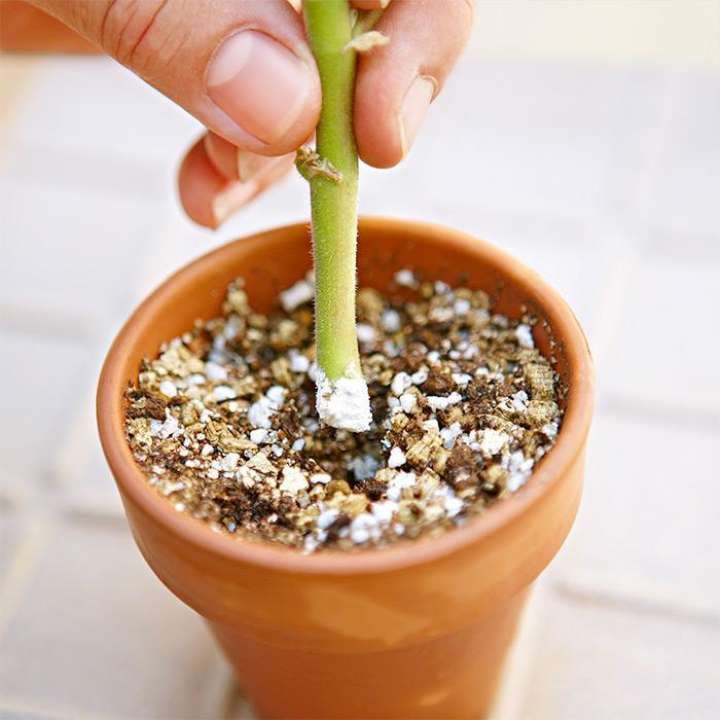


You also have to note that powdered forms of rooting hormones, tend to be less effective than the liquid versions when used at the same rates. The ability of the plant to consume the auxin at the cutting base is compromised by the texture of the stem and any poor cutting of the talc.
Quick Dip solutions
The quick dip solutions have the same application use rules as powders. The quick dip solutions are auxin products, which can be mixed with a carrier and applied to the base of a cutting. You can then dip the cuttings for a few seconds and at a depth of 4 inches. Dipping the cuttings any level deeper can be used to accommodate lower rooting compound concentration levels.
The main benefit of the quick dip solutions is that they are uniform and easy to use. That said, the risk of disease increases when you use liquid formulations. These formulations tend to increase the auxin concentration levels as the solution evaporates. It's vital to adjust these solutions throughout the day, especially during the summer months, and to seal containers tightly.
On top of that, ensure that you get rid of an unused solution during the end of the planting season, rather than place it into a stock container.
Post Planting Sprays
These are an excellent alternative to using cuttings that you dip in a liquid. You can apply the rooting hormones to the bases or the foliage in the form of a spray. The preplant foliar sprays are supposed to be applied to the stem base by using a spray bottle. Using this approach is most effective when applied to many cuttings during the planting season.
Other rooting hormone compounds – the water-soluble formulations of rooting hormone such as potassium salt or K+ are common among wood farmers. These compounds dissolve more easily in water than in alcohol, which tends to make their use convenient.
This type of application reduces the need for using a container. This way, you can control any issues such as disease spread. With most post-planting applications of rooting hormones, you might require low concentrations of auxin. The benefit of using this approach is that you can make applications even after 24 hours of planting. However, the main challenge of this approach is that it limits the concentration and rates of specific crops available.
From a practical viewpoint, most plant species that grow under the right conditions will root relatively easily. Using rooting hormones is one of the best ways to improve the propagation process.
Steps in Applying Rooting Hormone to A Plant
There are a few critical steps involved in applying rooting hormone, regardless of whether it's in the form of powder, gel, or even spray. They include:
- Harvest plant cuttings – the first step is to use scissors or pruners to make cuttings. For most plants, using 4-6-inch cuttings from the current season’s growth is highly recommended. For the woody cuttings, you can wound by placing ¾-inch notches at the cut end.
- Use the rooting hormone – first place the rooting hormone into the appropriate container. If it’s a powder, mix correctly using some distilled water. If it’s a spray product, find an excellent hand prayer to use. When using powder or any liquid form of the solution, avoid repeat to use to stop contamination issues.
- Plant the cuttings – it is vital that you plant the cuttings in moist media. Consider using a pencil to make a hole in the soil, place the cutting, and apply pressure around the soil cutting. Then, use the appropriate cutting technique for your plants. If you want fast root development, ensure that you control the application process as required.
DIY Rooting Hormones
You can also make your rooting hormone products at home. Gaining insight into how to use these products ahead of time will be beneficial. You need to learn about the specific hormone amounts and concentrations to apply before using the hormone. Let's get started:
Willow Tree Tea
Controlling the amount of hormone concentration is crucial in the propagation process. For instance, Willow Tree Tea encourages the fast rooting of plants. You will have to strip the leaves of thick willow stems, and cut them 1 inch thick. Then, cut the chunks at specific lengths, and then smash them using a heavy object, to bring out the woody part. Power some hot water over the wood, and then let it sit in a covered container overnight.
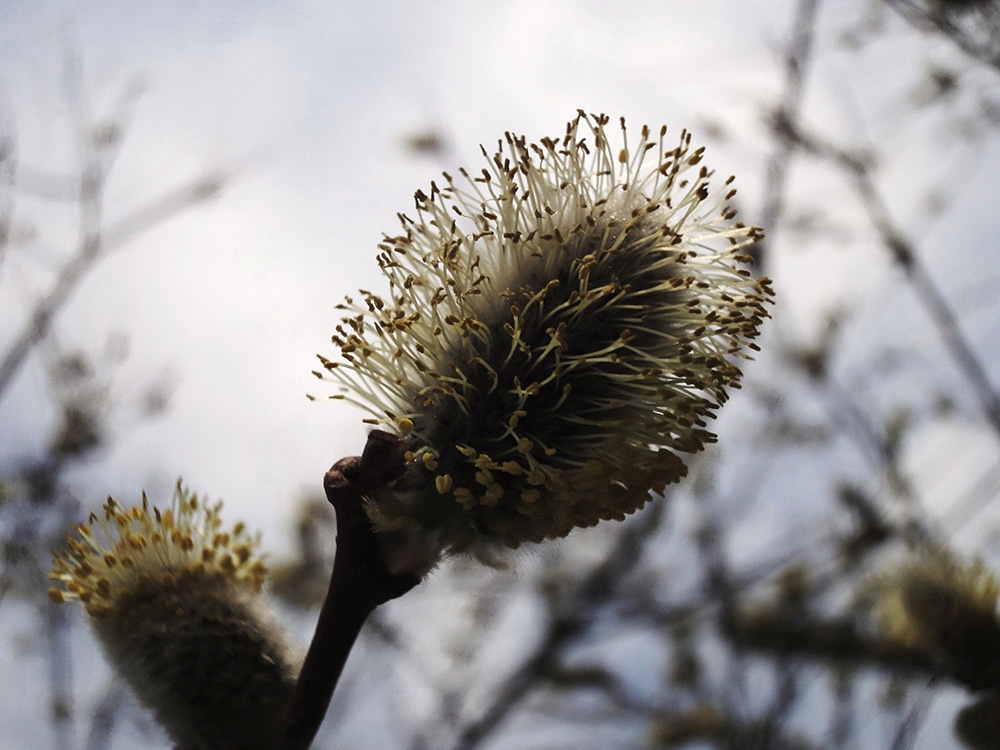


You can even place the wood in lukewarm water for a few days. The brewed tea contains particular hormones, which are beneficial for plant growth. Place fresh cuttings into the tea for a few seconds, and always use new mixtures for each batch of plants.
A common practice among farmers in the past was to propagate plants traditionally. Usually, this process involves the use of high-quality cuttings and seeds to achieve the best results. Home propagation using compounds remains one of the best ways to improve plant growth. Getting the plants to root is an equally important technique. More so, both the home-rooted and nursery plants will experience optimal growth when planted using the correct rooting hormone.
Honey and Hydrogen Peroxide
It is common for gardeners to use honey as a rooting compound, even though it does not provide hormonal benefits. The main advantage of using honey is that it offers antiseptic benefits, which come from the activity of glucose oxidase. It’s a compound that leads to the production of gluconic acid and hydrogen peroxide from the glucose that is available in the honey.
Even more, honey contains an antibacterial compound referred to as inhibin, which occurs naturally in animals and plants. Even more, various studies in the past have linked the immense benefits of honey, to plant growth.
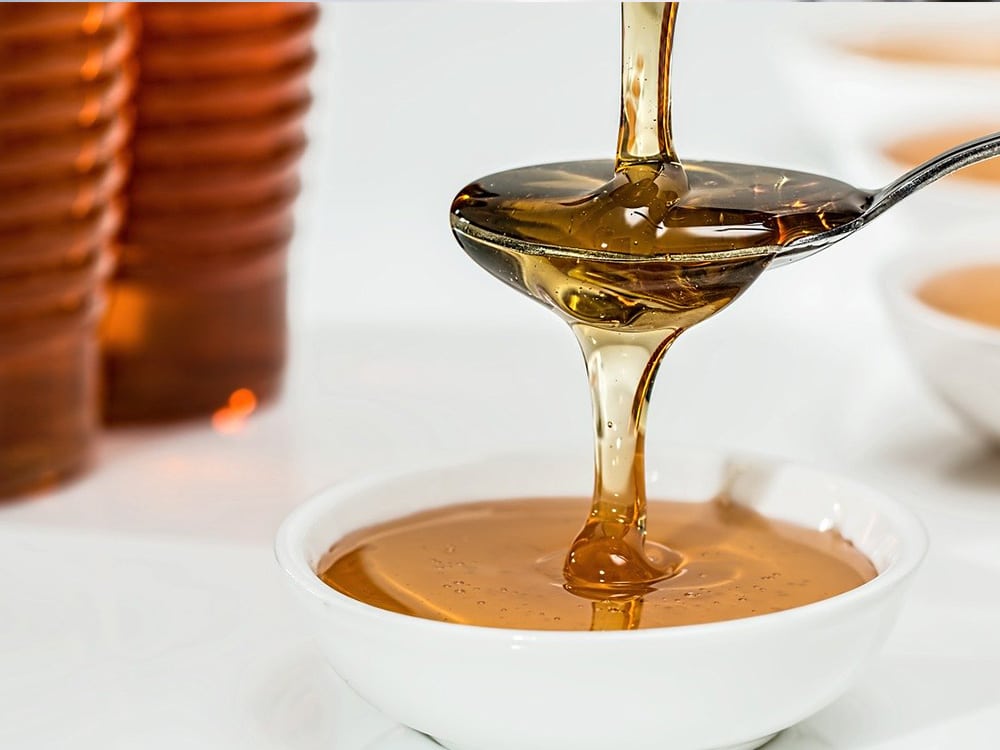


Water and Non-Soil Mediums
The cuttings from herbaceous plants such as geraniums, often grow easily in soil-less containers. Placing a cutting in a container filled with distilled water, or where hydrogen peroxide will root after several days. The rooted stems can develop into plants when potted in soil-less compounds, which have adequate nutrients for plant growth. Then, place the cuttings in soilless media or pots, and ensure that they stay in moist conditions. The next step is to transfer the new plants into dirt-filled jars when you are sure the root ball is well developed.
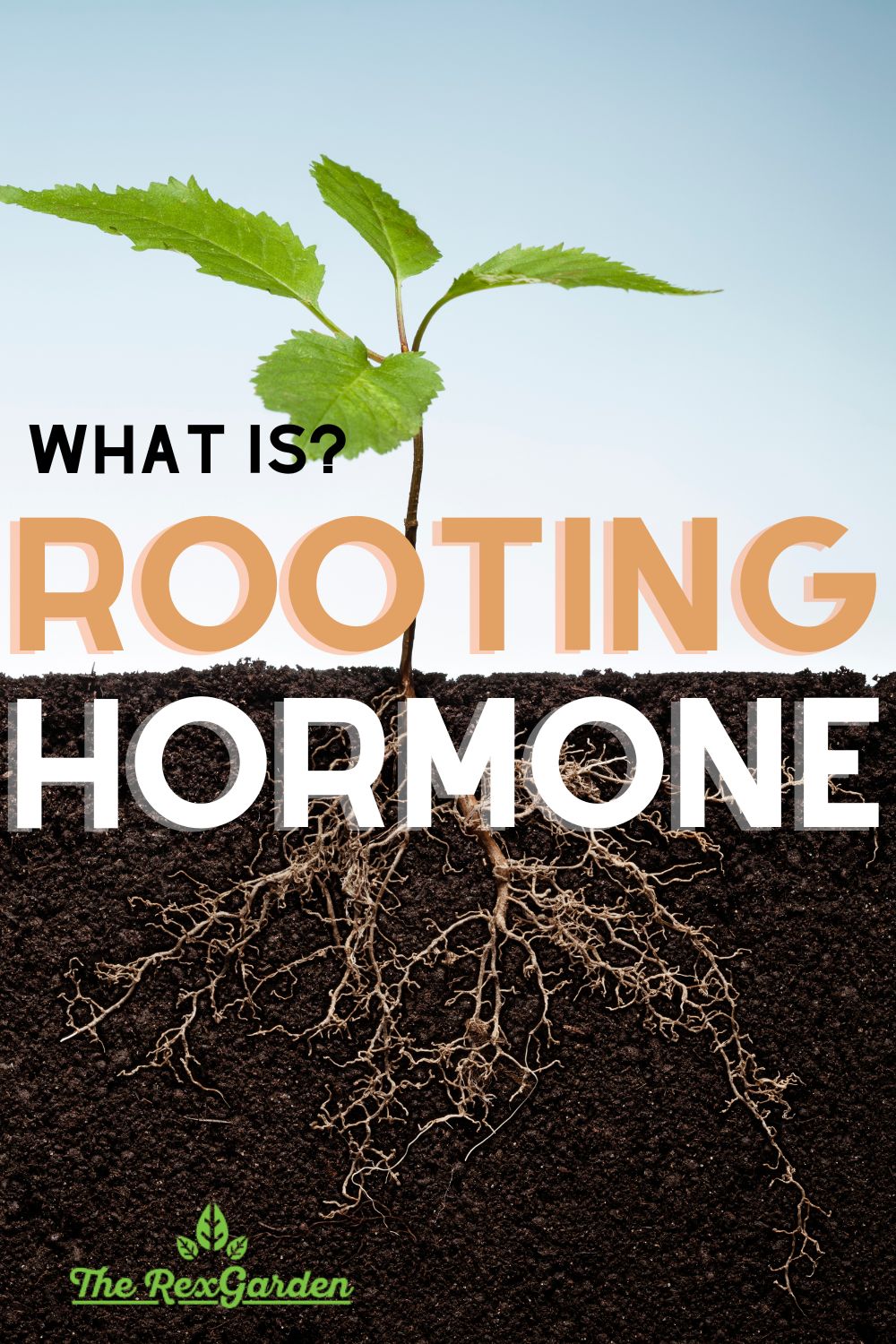


Overall
For many gardeners, one of the biggest struggles is trying to grow a healthier, more robust garden. While some gardeners may have a green thumb and can grow plants with ease, others have struggled since childhood and never quite got the hang of it.
Whether you have a DIY farm, commercial garden, or even a greenhouse, applying the correct plant care techniques is crucial to the success of your produce. Using the rooting hormone is among some of the most effective strategies to promote optimal plant growth. It’s a special compound that helps boost the growth of plants in various ways. You can easily make the hormones DIY or perhaps go for the commercially available brands.
Consider dosage, species, carrier/ medium type, and molarity of the hormone before using it to promote plant growth. These factors can boost plant growth significantly. Make sure that you're knowledgeable about how all these elements interact with each other and, if applicable, choose the correct techniques for your growing environment.



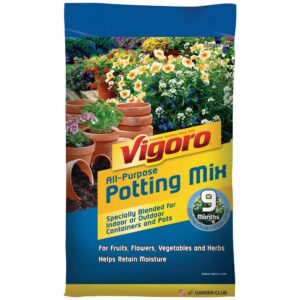
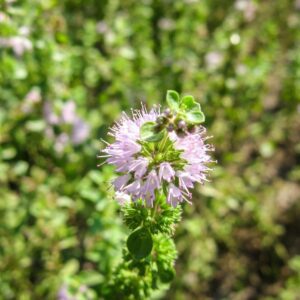
Comments
No Comments